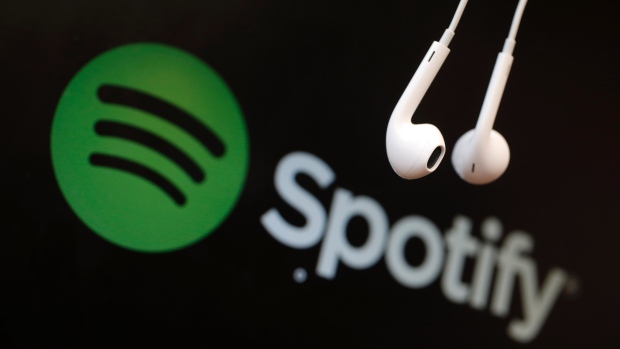How Spotify Uses Data To Make Content Smarter And More Social
Music streaming service Spotify first made a name for itself by allowing its users to listen to songs for free instead of purchasing them.
Now that the company has already successfully disrupted the music industry once, it is seeking to do so again, this time by using data to create a more personal and exciting experiences for listeners.
Speaking at Social Media Week in New York, Spotify’s Creative Director, Richard Frankel, outlined the many ways in which the company is using data—both on its customers and its music—to build its brand, engage current users, and attract new ones.
Frankel repeated the adage that “content is king,” but added that, if such a statement is true, “context is God.” He claimed that the most important role that data plays is in allowing Spotify to situate their content in contexts that people relate to, which have been illuminated by data.
The type of data that is used is two-pronged, encompassing consumer behavior data and intelligence around the catalog of offerings. Frankel was sure to stress the human element of all this information, explaining that it is developed by people Spotify hires from top schools, such as MIT.
While the specifics of data collection may seem dry and scientific, Spotify has been able to use it to inform many creative ventures. One of the company’s most popular new initiatives has been the “Discover Weekly” feature.
Using data-based knowledge of its customers and catalog, Spotify is able to create a playlist of 30 songs that a user has never heard before but is bound to enjoy based on their taste. These custom playlists are released every Monday, allowing the service to constantly reinforce its commitment to curated experiences.
According to Frankel, this is a perfect example of the power of data, as it has allowed Spotify to truly personalize user experience and create “75 million one to one relationships.”
Spotify then took the personal relationship it has with users a step further by rolling out Spotify’s year in Music 2015, a page that generates a custom “year in review” experience that, with the help of data, has been personalized to every user.
The experience spotlights a number of categories, including users’ first song of the year, music they couldn’t get out of their head, and much more.
Moving even beyond experiences tailored to one person, Spotify also used data to create ones personalized to entire communities. Drawing from records of what was listened to where, the service put up billboards in different neighborhoods of New York highlighting the artists that were loved most by the community as a whole.
From Monday morning commutes to local neighborhood streets, Spotify has inserted itself into people’s lives using data, but has been able to make the experience fit in so nicely that it is only growing its relationships with individuals and entire communities.
Article Written By: Heather Schindler
0

